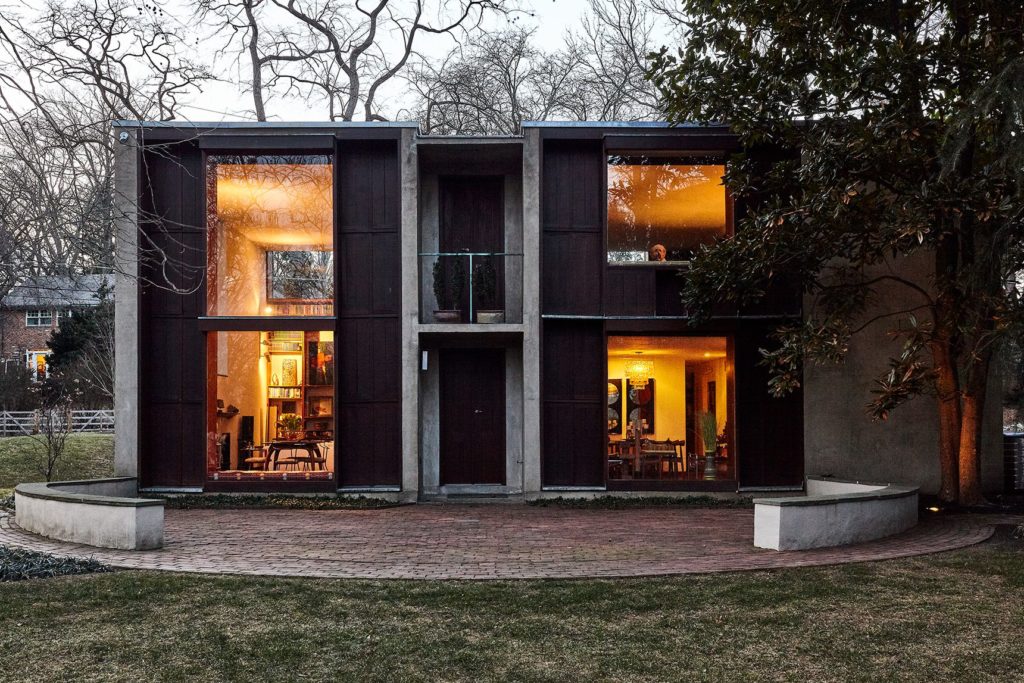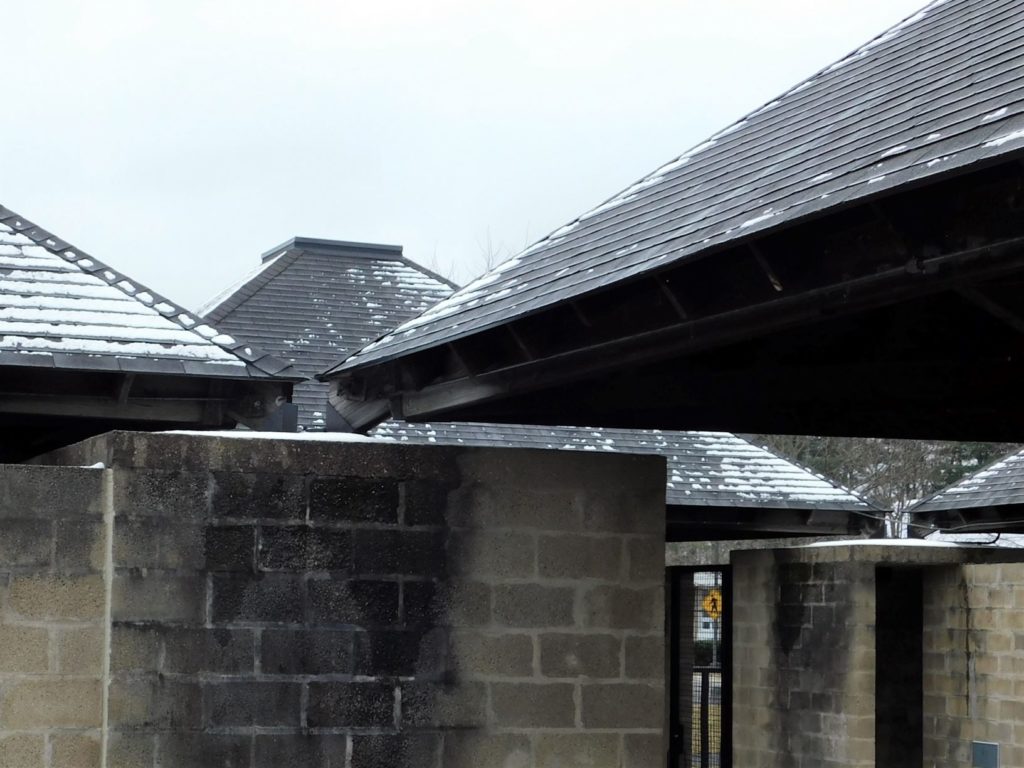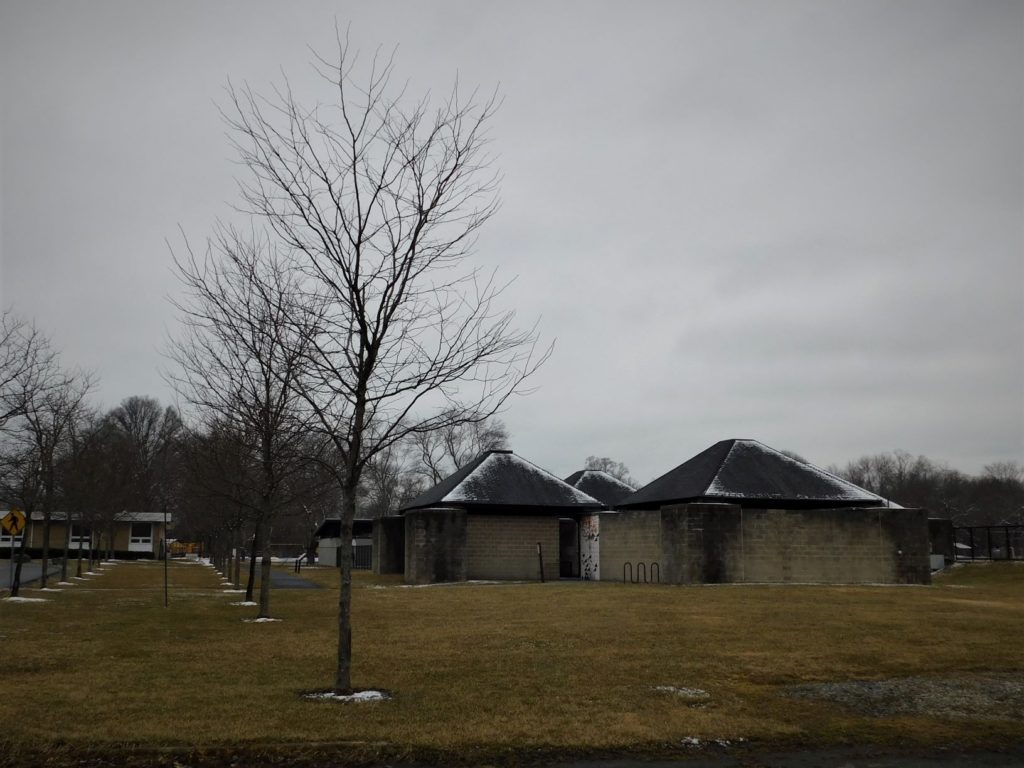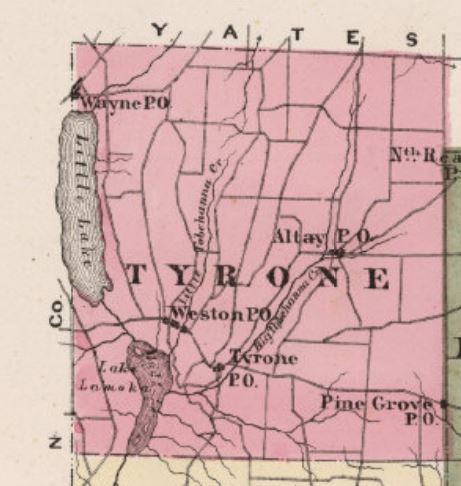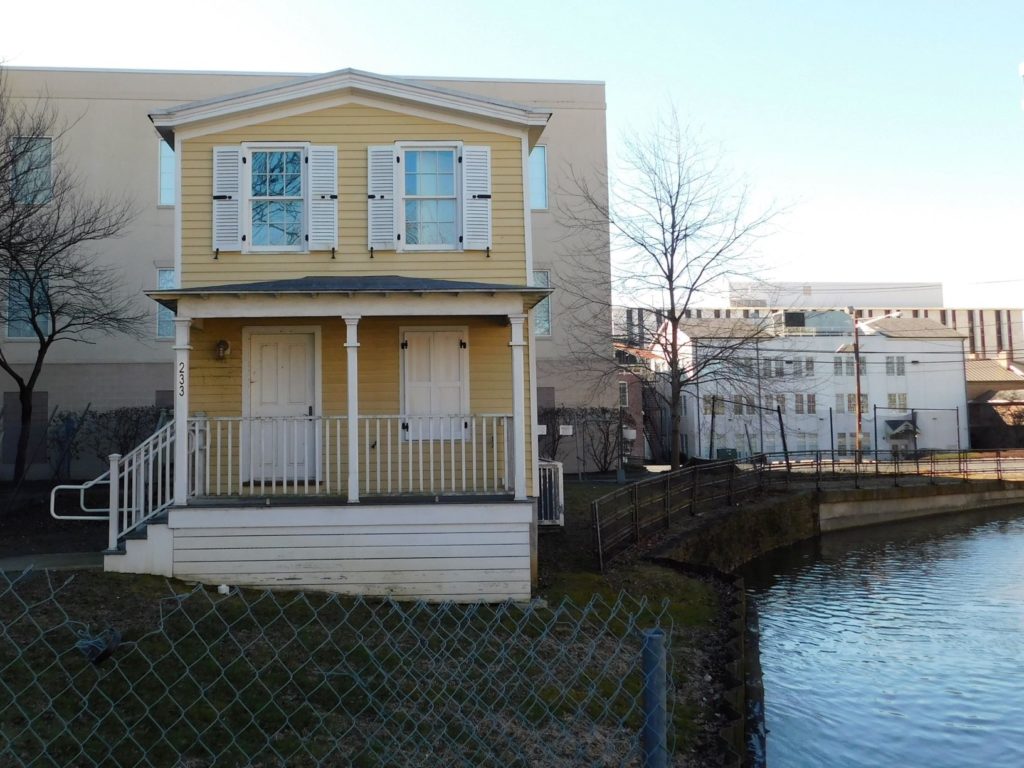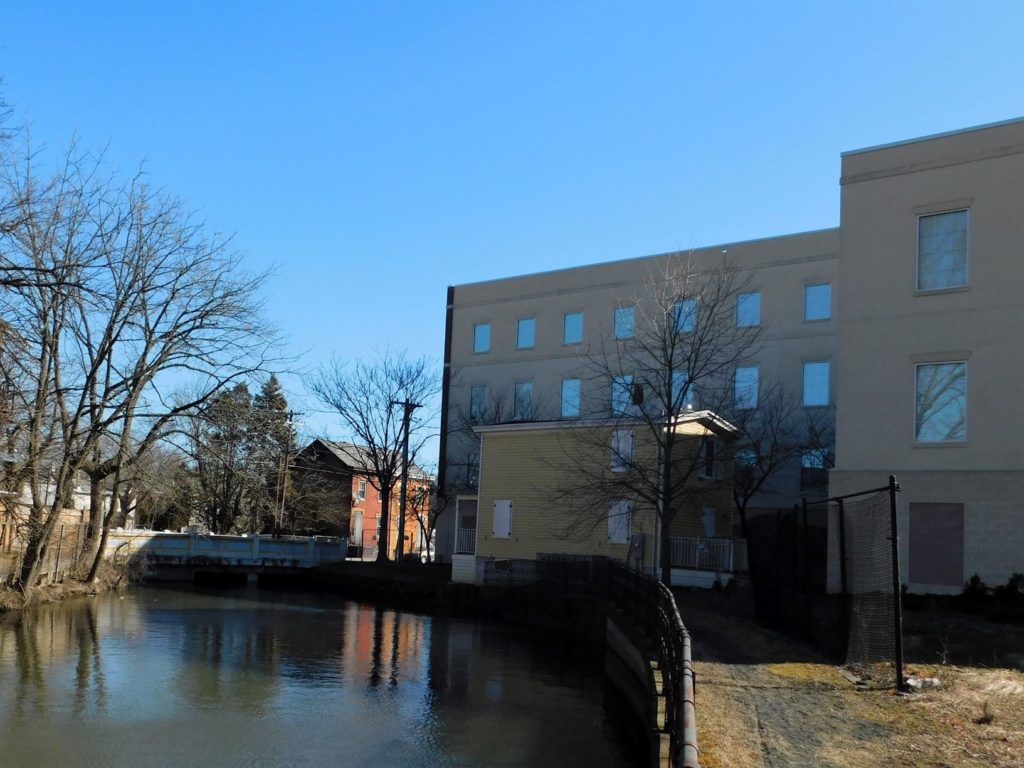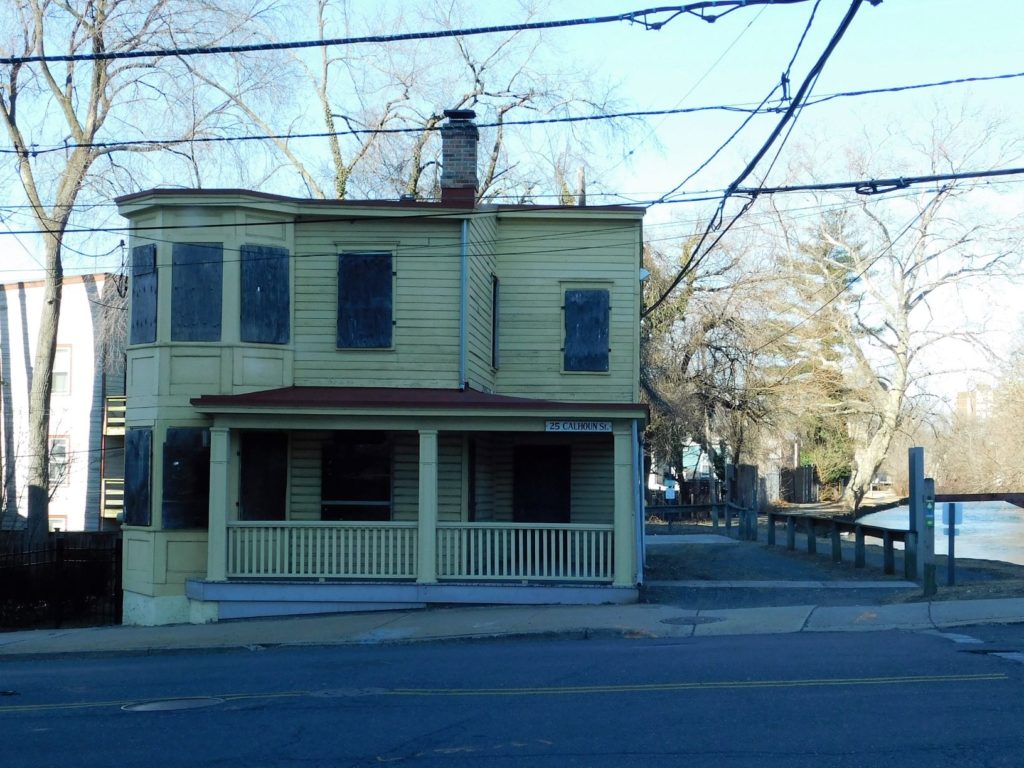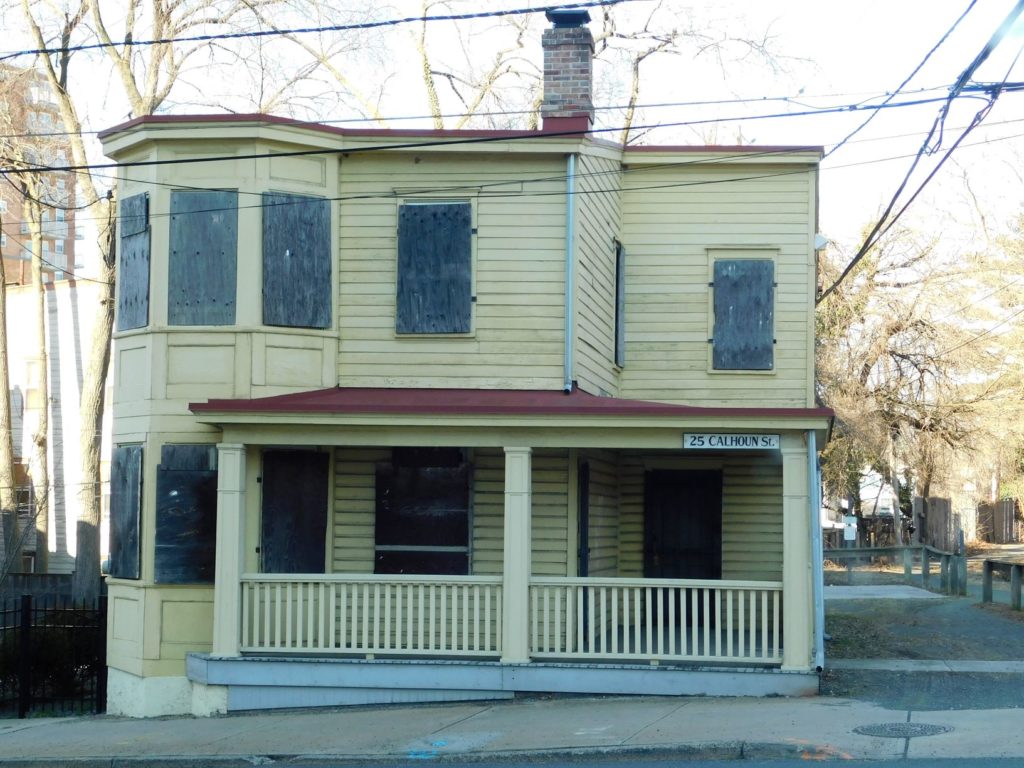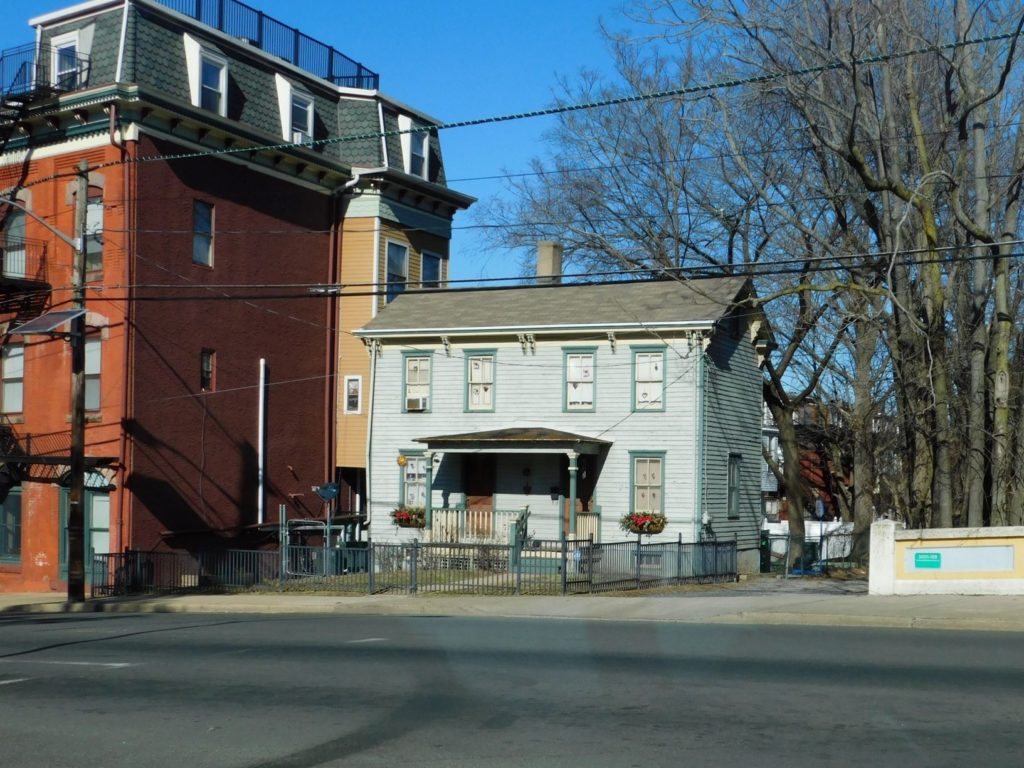
Last year, three teams brought back a mostly forgotten and unjustly maligned baseball icon, the bullpen cart. The cart’s purpose was to transport the relief pitcher from the bullpen to the mound, avoiding the exertion of jogging that distance. A true bullpen cart has a bottom shaped like a baseball, and a top that is a giant baseball cap. Bat-shaped columns bridging the two are optional.
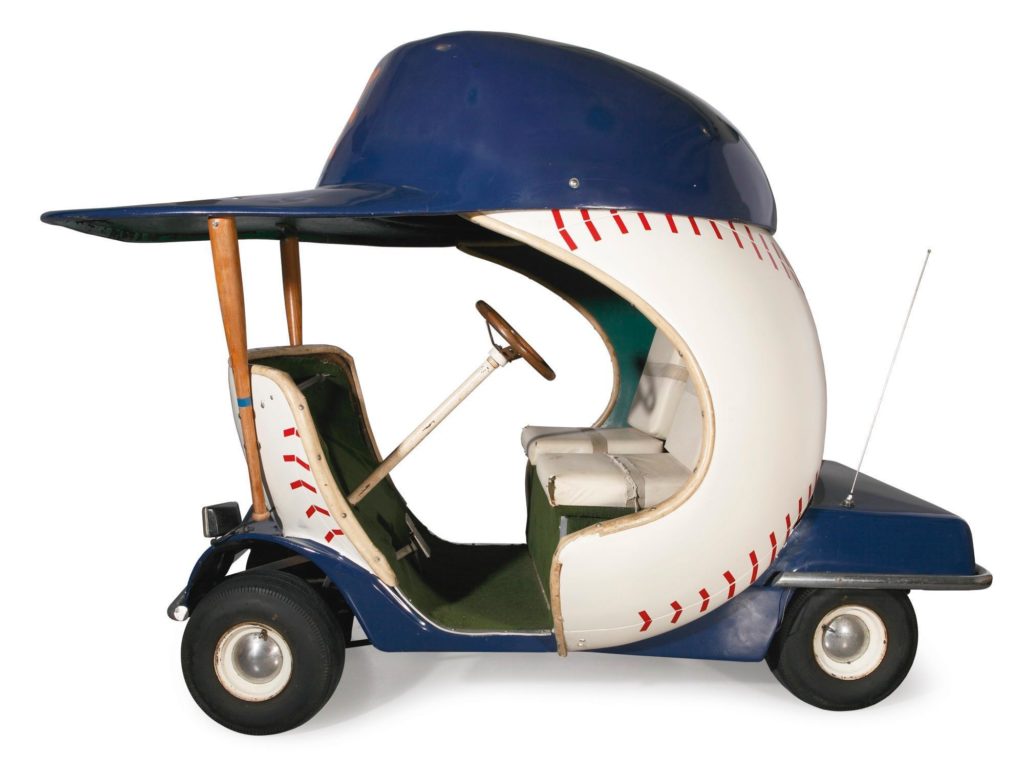
Predecessors of the bullpen cart date back to the 1950s, and include a Harley-Davidson scooter (Milwaukee, of course) and a hearse (Casey Stengel was allegedly involved in that one). Then there was that time the Dodgers’ catcher drove the pitcher to the mound, let him out, and then ran into him. This article at Cut 4 details everything that is known about cart history, but was unable to solve the mystery of who first introduced the round, cap-topped cart. Could it be the New York Mets? Their cart may have been introduced in 1967, and its penultimate appearance was in 1986 when an enthusiastic Mets employee jacked it and took it for a joyride around the field when his team clinched the Division title enroute to their World Series victory. The cart resurfaced recently when it sold at an auction for $112,000 dollars.

The carts cruised through the seventies, but fell out of favor and finally disappeared sometime in the 1980s. But in 2018, the Arizona Diamondbacks and Detroit Tigers re-introduced the carts. Unfortunately, most relievers refused the ride. Washington Nationals reliever Sean Doolittle was the first visiting pitcher to use the Arizona cart, and he reportedly was instrumental in the Nationals debuting their own cart later in the season.


This winter, the Nats held tryouts for the job of bullpen cart driver, and over 400 applied. Tryouts were supervised by hard-luck ex-president/racer Teddy Roosevelt, who, in a cruel twist, was beaten in the opening day footrace by rival ex-president Tom Jefferson, who rode the bullpen cart to an unjust victory.
Could the Mets bring back their own bullpen cart? Signs suggest yes, and at least one of their relievers isn’t afraid to ride in style.

